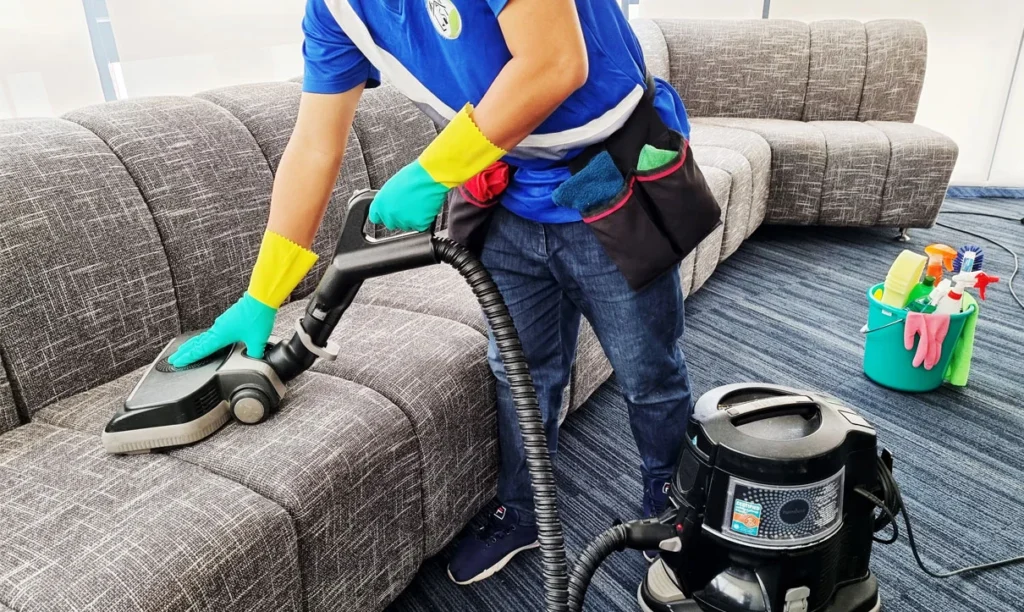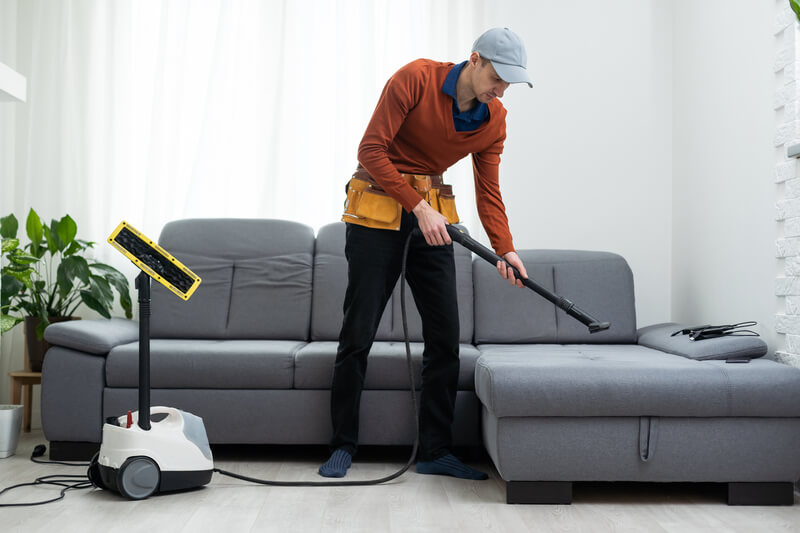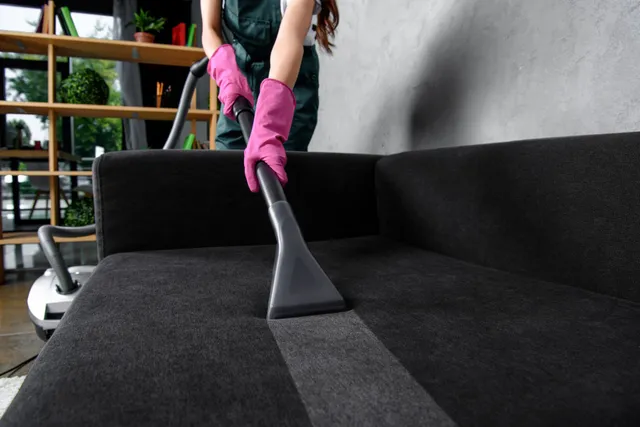Ever sit down on your couch and wonder how many secrets it’s hiding? Spoiler alert: it’s probably seen more than you realize. Between spilled coffee, pet hair tumbleweeds, and those mysterious crumbs that seem to multiply, your upholstery has been through a lot. The truth is, your furniture deserves way more attention than most of us give it.
I’m here to share everything I know about cleaning and caring for your upholstered furniture — no complicated jargon, just straightforward advice. If you want a cleaner, healthier home and furniture that lasts longer, you’re in the right place.

What You’ll Learn Today
- Why regular upholstery cleaning matters
- How to tell when your furniture needs a refresh
- Simple DIY cleaning tips you can trust
- When and why to call in the professionals
- How often to clean your upholstery
- What cleaning might cost and what affects the price
- Answers to the most common upholstery cleaning questions
Why Upholstery Cleaning Matters More Than You Think

Think about how much time you spend on your couch. It’s where you relax, binge-watch your favorite shows, eat snacks, and maybe even catch a quick nap. That comfort comes with a hidden price: dirt, dust mites, allergens, and bacteria settle deep into the fibers. Over time, grime builds up and not only makes your furniture look tired but can affect your home’s air quality and even your health.
It’s not just about looks, either. Allergens trapped in your upholstery can cause sneezing, watery eyes, and worsen asthma. Plus, unpleasant odors from pets or spills can make your living space less inviting.
And honestly, there’s nothing quite like sinking into a fresh, clean sofa at the end of a long day. It just feels better.
How to Tell When Your Upholstery Needs Cleaning
Not sure if your furniture is ready for a deep clean? Here are some clear signs:
- Unpleasant smells: If your couch gives off funky odors, it’s a red flag.
- Visible stains: Coffee rings, wine spills, or any mysterious spots that don’t go away with simple cleaning.
- Pet hair galore: Your pet may love your sofa a bit too much, leaving behind plenty of fur.
- Allergy flare-ups: If you find yourself sneezing or itchy when near your furniture, dust and dander might be the culprits.
If you notice any of these, it’s time to consider cleaning.
DIY Upholstery Cleaning Tips You Can Actually Use

I get it — calling a pro every time can get expensive. So, here are some easy DIY steps to keep your furniture looking fresh between professional cleanings:
1. Vacuum Like a Pro
Use the upholstery attachment on your vacuum cleaner to thoroughly clean every nook and cranny. Don’t forget under cushions and in crevices where dirt loves to hide.
2. Blot Spills Immediately
The quicker you act, the better. Blot (don’t rub) spills with a clean cloth to soak up liquids before they set into the fabric.
3. Use Mild Cleaning Solutions
Harsh chemicals can damage fabric and fade colors. Stick to gentle cleaners or make your own with mild dish soap and warm water.
4. Patch Test Every Time
Before applying any cleaner, test it on a hidden area to make sure it doesn’t discolor or damage your fabric.
5. Freshen with Baking Soda
Sprinkle baking soda on upholstery, let it sit for 15-20 minutes, then vacuum it up to reduce odors.
For a step-by-step DIY cleaning guide, check out this helpful upholstery cleaning tutorial.
When Should You Call the Pros?
No matter how careful I am, sometimes those stubborn stains and deep-down dirt just won’t budge. That’s when I call in the experts.
Professional cleaners use specialized tools and cleaning agents to get deep into the fibers, removing allergens, bacteria, and grime that a regular vacuum or home cleaner simply can’t touch. Plus, they know exactly what to use depending on your fabric type so nothing gets damaged.
Many pros also use steam cleaning and hot water extraction, which are effective and safe when done properly. If you want to see what professional upholstery cleaning looks like, check out this furniture cleaning service in Orange County.
How Often Should You Clean Your Upholstery?
This depends on how much use your furniture gets:
- Light use (few people, no pets): Once a year usually does the trick.
- Heavy use (kids, pets, lots of visitors): Every six months is a good idea.
Think of it like oil changes for your car — skip it for too long, and you’ll pay more in the long run with worn-out fabric, bad odors, and potential health issues.
How Much Does Upholstery Cleaning Cost?
Nobody loves talking about price, but it’s important to know what to expect. Here are the main factors that influence cost:
- Furniture size: Cleaning a recliner costs less than a big sectional sofa.
- Fabric type: Delicate materials need special care, which can add to the price.
- Condition: Heavy stains or strong pet odors can increase cleaning time and costs.
Generally, professional cleaning costs between $50 to $200 per piece. For more local info, check out this Anaheim upholstery cleaning service.
Extra Tips to Keep Your Upholstery Looking Great Longer
- Rotate your cushions regularly to wear fabric evenly.
- Try to keep pets off your furniture (I know, easier said than done).
- Use washable slipcovers on high-traffic pieces.
- Schedule regular professional cleaning if your household is busy.
FAQs About Upholstery Cleaning
1. Can I clean upholstery myself?
Absolutely — for light dirt and small stains, DIY works well. But for a thorough deep clean, professionals usually do a better job.
2. Is steam cleaning safe for all fabrics?
Not always. Always check the manufacturer’s care label before using steam or wet cleaning methods.
3. How long does it take upholstery to dry after cleaning?
Drying usually takes 2 to 6 hours, depending on the cleaning method and airflow. Using fans helps speed things up.
4. Does professional cleaning remove odors?
Yes, pro cleaning gets rid of odors at the source, rather than just masking them.
5. What’s the easiest way to prevent stains?
Act fast when spills happen, use fabric protectors, and try to avoid eating on the couch if you can resist temptation!






